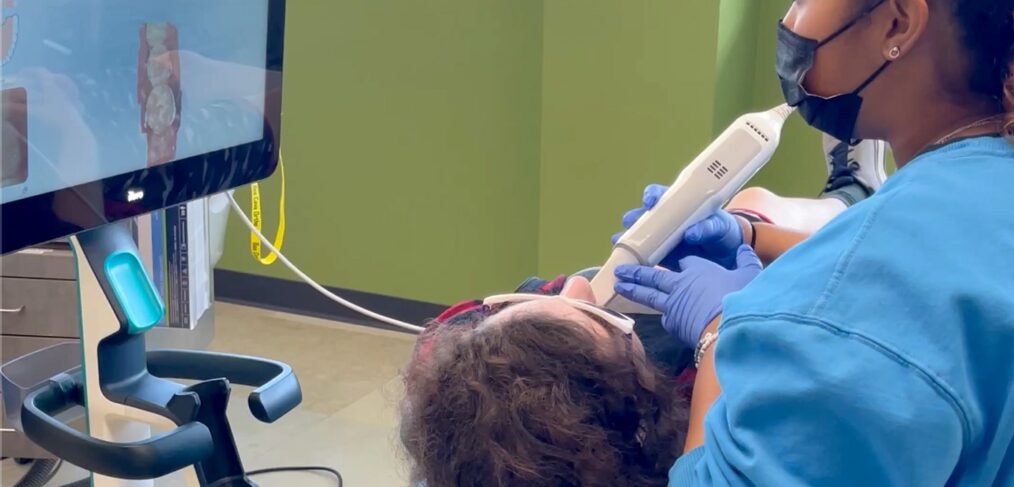
In recent years, Flexible Spending Accounts (FSAs) and Health Savings Accounts (HSAs) have become popular options for individuals seeking to save money on healthcare expenses. These accounts allow for pre-tax contributions and can be used to pay for a wide range of medical expenses, including orthodontic treatment and Invisalign. In this blog post, we will explore how FSA and HSA funds can be used to cover the costs of these treatments, providing valuable insights for individuals considering orthodontic care.
What are FSAs and HSAs?
FSAs and HSAs are both types of tax-advantaged accounts that can be used to save for medical expenses. However, there are some key differences between the two. FSAs are typically offered by employers and allow employees to set aside a portion of their pre-tax income to pay for eligible medical expenses. HSAs, on the other hand, are available to individuals with high-deductible health plans and offer both tax-deductible contributions and tax-free withdrawals for qualified medical expenses.
Using FSA Funds for Orthodontic Treatment:
One of the advantages of using an FSA to pay for orthodontic treatment is that the funds can be used for both traditional braces and newer alternatives like Invisalign. To use FSA funds for orthodontic treatment, individuals should first check with their FSA administrator to ensure that orthodontic care is an eligible expense. If it is, they can then use their FSA debit card or submit a reimbursement claim for the cost of treatment.
Using HSA Funds for Orthodontic Treatment:
HSAs offer similar benefits to FSAs when it comes to paying for orthodontic treatment. However, there are some additional considerations to keep in mind. To use HSA funds for orthodontic care, individuals must first ensure that their HSA is funded and that they have enough money in the account to cover the cost of treatment. Additionally, they should check with their HSA administrator to confirm that orthodontic care is an eligible expense under their plan.

The Benefits of Using FSA and HSA Funds for Orthodontic Treatment:
There are several benefits to using FSA and HSA funds to pay for orthodontic treatment. First and foremost, using these accounts allows individuals to save money on taxes by using pre-tax dollars to pay for treatment. Additionally, because FSA and HSA funds can be used for both traditional braces and Invisalign, individuals have more flexibility in choosing the treatment option that best suits their needs.
.
2024 Updates and Regulations for FSAs and HSAs:
- Contribution Limits: In 2024, the contribution limit for FSAs remains $2,850 per year per individual. However, it’s important to note that this limit is subject to change, so individuals should check with their employer or FSA administrator for the most up-to-date information. For HSAs, the contribution limit for individuals with self-only coverage is $3,650, and for those with family coverage, it is $7,300.
- Eligible Expenses: The IRS periodically updates the list of eligible medical expenses for FSAs and HSAs. While orthodontic treatment and Invisalign are generally eligible expenses, it’s always a good idea to check the latest guidelines to ensure compliance.
- Rollover and Grace Periods: FSAs typically have either a rollover option, allowing up to $570 to be carried over into the next plan year, or a grace period of up to 2.5 months to use remaining funds. HSAs, on the other hand, allow for funds to be rolled over indefinitely.
- Telehealth Services: As telehealth services continue to expand, the IRS has clarified that many telehealth services are eligible expenses for FSAs and HSAs, providing more flexibility for individuals to access care remotely.
- COVID-19 Related Changes: Due to the ongoing COVID-19 pandemic, the IRS has made several temporary changes to FSA and HSA rules, including expanded coverage for over-the-counter medications and menstrual care products.

How to Maximize FSA and HSA Benefits for Orthodontic Treatment:
- Plan Ahead: Estimate the cost of orthodontic treatment and contribute the appropriate amount to your FSA or HSA to cover these expenses.
- Use it or Lose it: Remember that FSAs have a “use it or lose it” rule, so be sure to spend all funds by the end of the plan year or any applicable grace period.
- Take Advantage of Rollover: If your FSA offers a rollover option, consider using it to carry over up to $570 into the next plan year to cover future orthodontic expenses.
- Coordinate with Insurance: Coordinate your FSA or HSA contributions with your insurance coverage to maximize your benefits and minimize out-of-pocket expenses.
- Stay Informed: Stay informed about the latest updates and regulations regarding FSAs and HSAs to ensure you are maximizing this benefit for orthodontic care.
Conclusion:
In conclusion, FSAs and HSAs continue to be valuable tools for individuals seeking to save money on orthodontic treatment and Invisalign. By staying informed about the latest updates and regulations, and by employing strategies to maximize these benefits, individuals can make orthodontic care more affordable and accessible. If you have an FSA or HSA and are considering orthodontic treatment, be sure to explore your options and take advantage of these valuable benefits.

